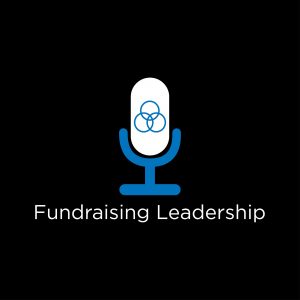
With People, slow is fast and fast is slow
David and Margaret discussed the significance of Stephen Covey’s saying, “With people, slow is fast and fast is slow.”
Inspired by David’s slow recover from knee surgery — including his choice of entertainment during his convalescence — our hosts talk about what “slow” might mean.
David and his wife, Lillian, are watching an older TV show (David Lynch’s Twin Peaks), and it had them notice that older shows and movies often had longer camera shots and slower pacing. That cadence feels in strong contrast to the faster-paced scenes, dialogue or setting shots of more contemporary entertainment. Our hosts reminisced about how these older works of art demonstrated patience and more focus on detail. These older works moved more slowly.
It had them wondering: what might be the benefits of taking a page from the pace of entertainment from a couple decades ago — to slow down and appreciate details?
Balancing Technology and Human Relations
They discussed the importance of slowing down in human relationships.
Technology, they note, may have accelerated to a point where our nervous systems can’t keep up any more. They agreed that technology makes for speedier and efficient communication. But they also note these quick communications often leads to misinterpretation and misunderstandings.
David encourages leaders to think about what might be possible if they slow down in their communications. Specifically, he believes it is possible to recapture their intuition by seeking slower, more intentional communication methods. Even picking up the phone instead of shooting off a text might help avoid misreads and improve relationships.
Margaret touched on the generational aspect of this issue. They concur that some people may be more comfortable with faster communication due to their upbringing with technology.
The Art of Slowing Down
David and Margaret look at some areas of leadership, work and relationships that might benefit from a slow down.
The topic of tricky relationships comes up regularly in executive coaching sessions. Often, the solution and repair can only be found by more intentional and slower face-to-face communication.
Another place it might be important to slow down is in our storytelling. There is a strong relationship between patient, artful storytelling and great fundraising and leadership.
Last, slowing down is essential if we want to create intimacy and trust in relationships. Only by slowing down can we lay the foundation for better understanding and connection. Taking time to understand and connect with people will always yield better relationships than rushing.
Putting It into Action
• Listeners are encouraged to find and watch an older movie or TV show (from the 1940s to early 1990s), and notice the slower pacing and longer camera shots.
• Reflect on how patience and slowing down makes you feel when you watch — and how slowing down might serve you in your personal and professional relationships.
• Practice slowing down in your daily life, such as by taking a breath and looking around.